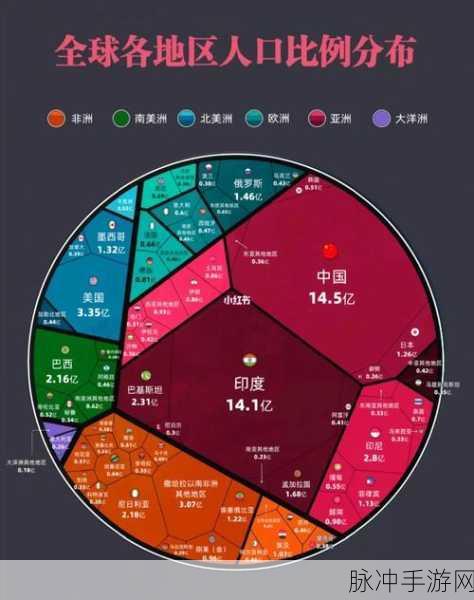全球人口比例概述
目前,世界总人口已超过78亿,其中亚洲、欧洲和美洲在其中占据了重要的位置。根据最新的统计数据,亚洲是人数最多的大洲,其次是非洲、美洲,然后才是欧洲。这三大区域不仅在人口数量上存在显著差异,而且在文化、经济及社会结构等方面也展现出各自独特的特点。
亚洲的人口优势
作为地球上最为繁华与多样化的大陆之一,亚洲拥有超越一半的人口,大约占全球总人口的60%。中国和印度这两个国家分别以14亿和13亿的人口位居世界前两位,这使得整个亚州大陆成为一个巨大的市场。在这样的背景下,各国间的消费模式、生活习惯以及教育需求都呈现出了高度复杂性,使得企业需要不断调整策略来适应变化。

欧洲的人口趋势
虽然欧洲只占据全球人口的约10%,但其经济发展程度、人均收入水平及其他社会指标却相对较高。从过去几年的数据显示,许多西方国家面临着老龄化加剧的问题,这直接影响到劳动力市场以及社保体系。而一些东欧国家则经历了由于迁移导致的人口下降,因此如何保持稳定增长将成为未来的重要挑战。
美洲的发展潜力
美洲整体上承载着6%的全球人群,其中北美地区因发达而受到广泛关注,而南美的一些新兴市场同样显示出强劲的发展势头。例如巴西和阿根廷具备丰富资源,但其最大困扰仍然是在政治不确定性与宏观经济波动之间取得平衡。随着数字技术继续渗透日常生活,美国产业转型可能迎来新的机遇,同时拉丁美洲亦能借此契机缩小与发达地区之间的不平等差距。

不同地区文化交融所带来的影响
The cross-cultural interactions among Asia, Europe, and America are fostering a dynamic global society. The immigration patterns have changed the demographics of many countries, leading to multicultural environments where various traditions coexist. This blending not only enriches cultural heritage but also spurs innovation across sectors like culinary arts, fashion, and technology.
SOCIAL STRUCTURE AND POPULATION DYNAMICS
SOCIAL STRUCTURE AND POPULATION DYNAMICS :
Asia's youth population is driving technological advancements as young innovators emerge in tech hubs such as Bangalore and Shenzhen.:Europe faces challenges with its aging workforce while simultaneously striving for policies that promote inclusivity within diverse communities.</ol>
/nl./l / ~.
In sumarily , although vast population numbers can be intimidating at first glance when looking into how different regions address these realities shows prevailing themes: adaptability economic resilience creativity integration . By understanding these factors one gains insight necessary navigate complexities presented today’s interconnected world.
### 热点话题
- 亚洲年轻人的创新能力
- 欧洲老龄化问题解决方案
- 美国内外移民政策的新动态
- Europe faces challenges with its aging workforce while simultaneously striving for policies that promote inclusivity within diverse communities.</ol>







